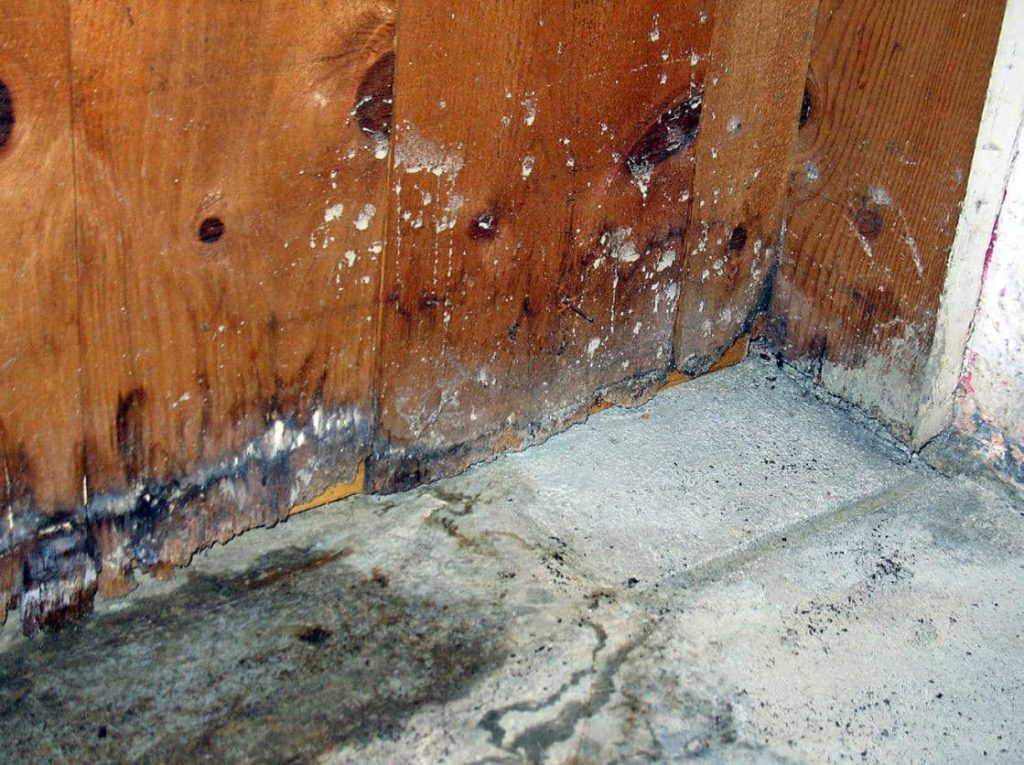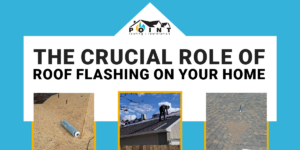On the whole, Boise gets much less precipitation per year than the average U.S. city. With only 13 inches of rain and 18 inches of snow annually, compared to averages of 38 and 28, respectively, Boise has a pleasant climate.
Unfortunately, although Precipitation is a major cause of water damage in some areas of the United States, it’s not the only cause. The water damage Boise residents experience can occur because of leaky pipes just as easily as from a severe storm.
It’s important to keep an eye out for this type of damage because it can lead to devastating consequences. Expensive repairs and even health problems can result from excess water in the home. Read on to learn about 10 telltale signs that your home might be developing water damage. And if you see any of them, act quickly!
1. Visible Water Stains
Do you know what a water stain looks like? Usually, they are yellowish or brownish and are irregularly shaped. You can see water stains on ceilings or walls. Generally, they are found in bathrooms, basements, laundry rooms, and any other area that may be the site of heavy water usage.
Water stains can also occur around plumbing fixtures or anyplace there are a lot of plumbing pipes. If you have an upstairs kitchen or bathroom, keep an eye out for water stains on the ceiling in the rooms underneath.
2. Mold
Mold is one of the most common signs of water damage, and one of the most dangerous. You have probably heard about toxic black mold, but the truth is that mold can come in many colors, including blue, green, grey, yellow, and even pink. And all types can cause health problems, especially for people who are particularly young, old, or immune-compromised.
Many substances in the home are prone to harboring mold. Inspect drywall, ceilings, wooden surfaces, carpeting, and even furniture or curtains for mold frequently.
If you do detect signs of mold, call in the professionals right away. It can be dangerous to deal with mold on a DIY basis.
3. Mildew
When we talk about our homes, mold and mildew go together like peanut butter and jelly. Plenty of people aren’t even sure what the difference is between these two M-words!
Like mold, mildew is a form of fungus. To detect water damage, the only difference to pay attention to is their color. Mildew is gray or white, unlike the darker shades of mold. Often they co-occur. Either one is a bad sign and one that should be investigated further.
4. Musty Odors
In some cases, the signs of water damage might not be visible. But you can smell them. If you detect musty odors, check carefully in the nearby area to see if perhaps water has gotten into any space where it should not be.
Basements and attics might not smell too great, to begin with. However, you will usually notice if mustiness has recently increased.
5. Changes to Flooring
Water can easily seep into the subflooring of a room or home. This might happen if the foundation is saturated with water or if there is leakage from pipes in the area. When this type of damage occurs, it often occurs first in the corners of your rooms, no matter what type of flooring is present.
Wooden floors can warp or cup. Tile can come loose suddenly. Linoleum tends to peel and curl. Even laminate flooring can show signs of warping. And of course, the carpeting may display signs of mold or mildew and is the type of flooring most prone to feeling damp to the touch.
6. Signs on Walls
In addition to water stains and the presence of mold or mildew, look for paint that is bubbling, cracking, or peeling. Drywall can be subtly cracked, or more obviously swollen and soaked-looking.
7. The Sound of Water
When it’s late at night and not a creature is stirring, listen carefully. Can you hear the sounds of water moving through the house? Keep your ears attuned for dripping, of course, but also for a slight hissing noise that would indicate the movement of water.
It can be hard to track down the source of water damage simply by listening for its sound. But if you do hear something suspicious, you’ll know to call in the pros for further inspection.
8. A Moist or Damp Feeling
You know what they say: it’s not the heat, it’s the humidity. And you also know that the inside of your home isn’t usually supposed to feel humid! So if any of the rooms of your house feel damp or moist, there might be water damage behind the scenes.
Indoor air quality that has decreased can also be an indication of excess water or water damage. A sudden uptick in sneezing, sniffling, or other respiratory issues could point to the presence of mold.
9. Cracks in Foundation
Now it’s time to head outside. Take a gander at your home’s foundation. See any cracking that wasn’t there last time you looked? That might be a telltale sign that water damage is occurring.
If water isn’t draining away from the house properly, it could be causing damage to the foundation. Issues with the slope of your lawn or even clogged gutters and downspouts can be to blame. Act quickly and investigate further if you see foundational cracks.
10. Higher Utility Bills
Is your water or sewer bill a lot higher than it was last month — or ever has been before? Take some time to look at your pipes, sniff around, and generally give the house a once-over for water damage.
A burst pipe, leaky pipe, or issue with your sewer system could be to blame for both damages from water and a higher bill. Again, that’s something you want to get taken care of ASAP!
Now that You Know the Signs of Water Damage Boise Homes Can Have
Have you seen any of these signs of water damage Boise homes can suffer from? Don’t panic — just call Point Roofing and Restoration. We can take care of any water damage or mold remediation needs you have. If necessary, we’ll replace your gutters and even your roof to make your home safe, sound, and dry again!






